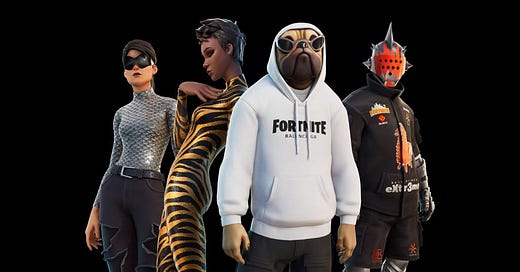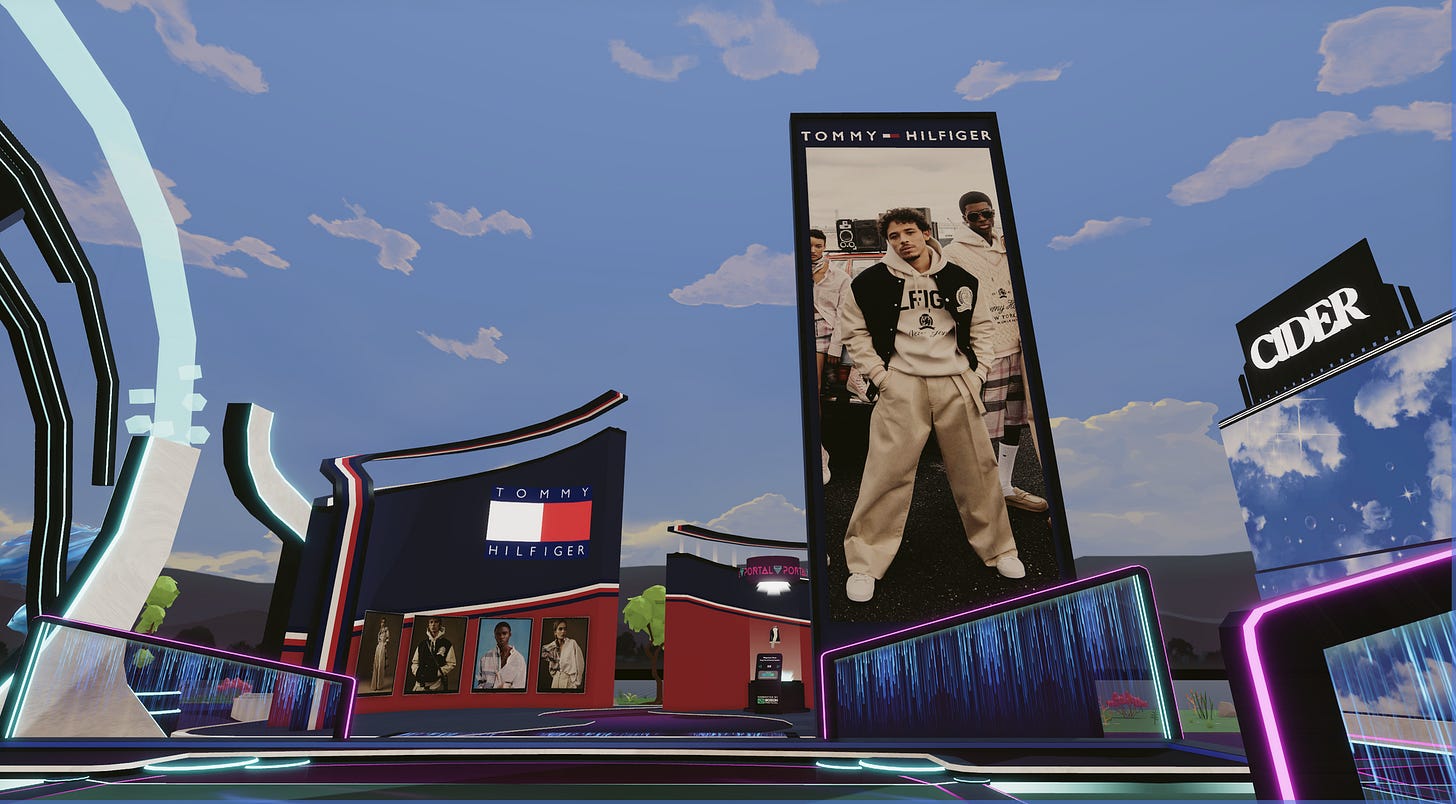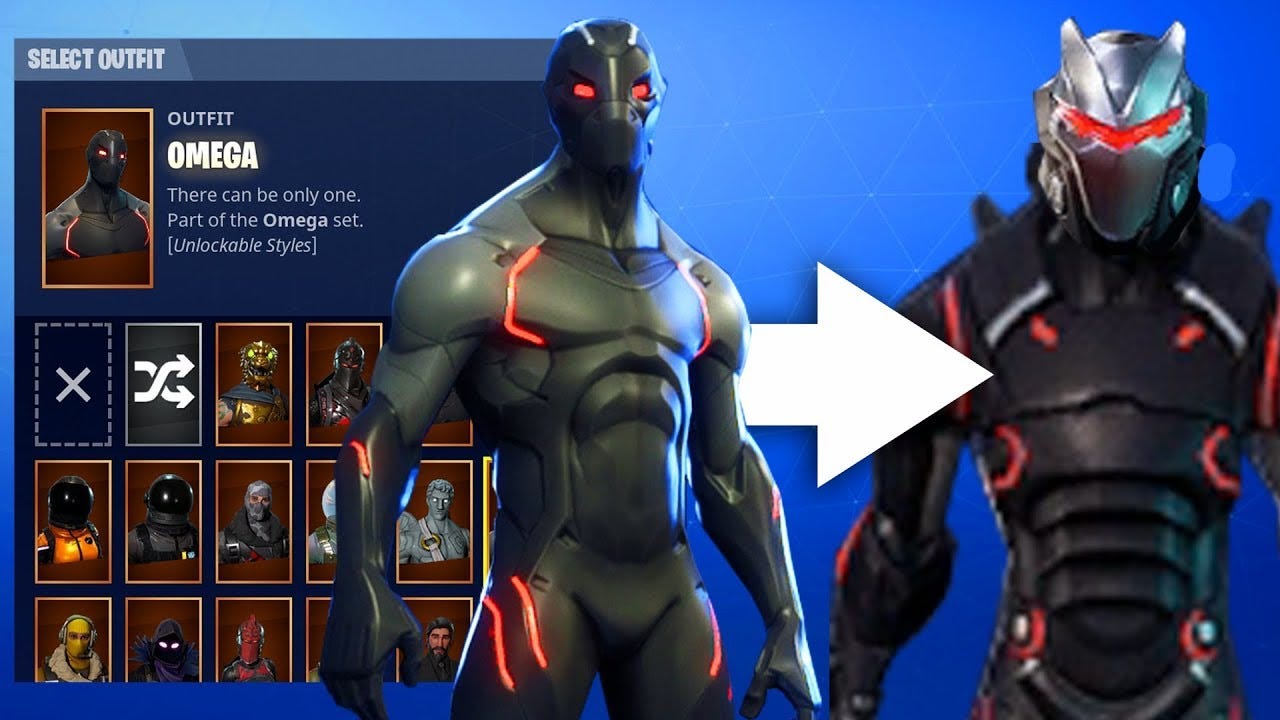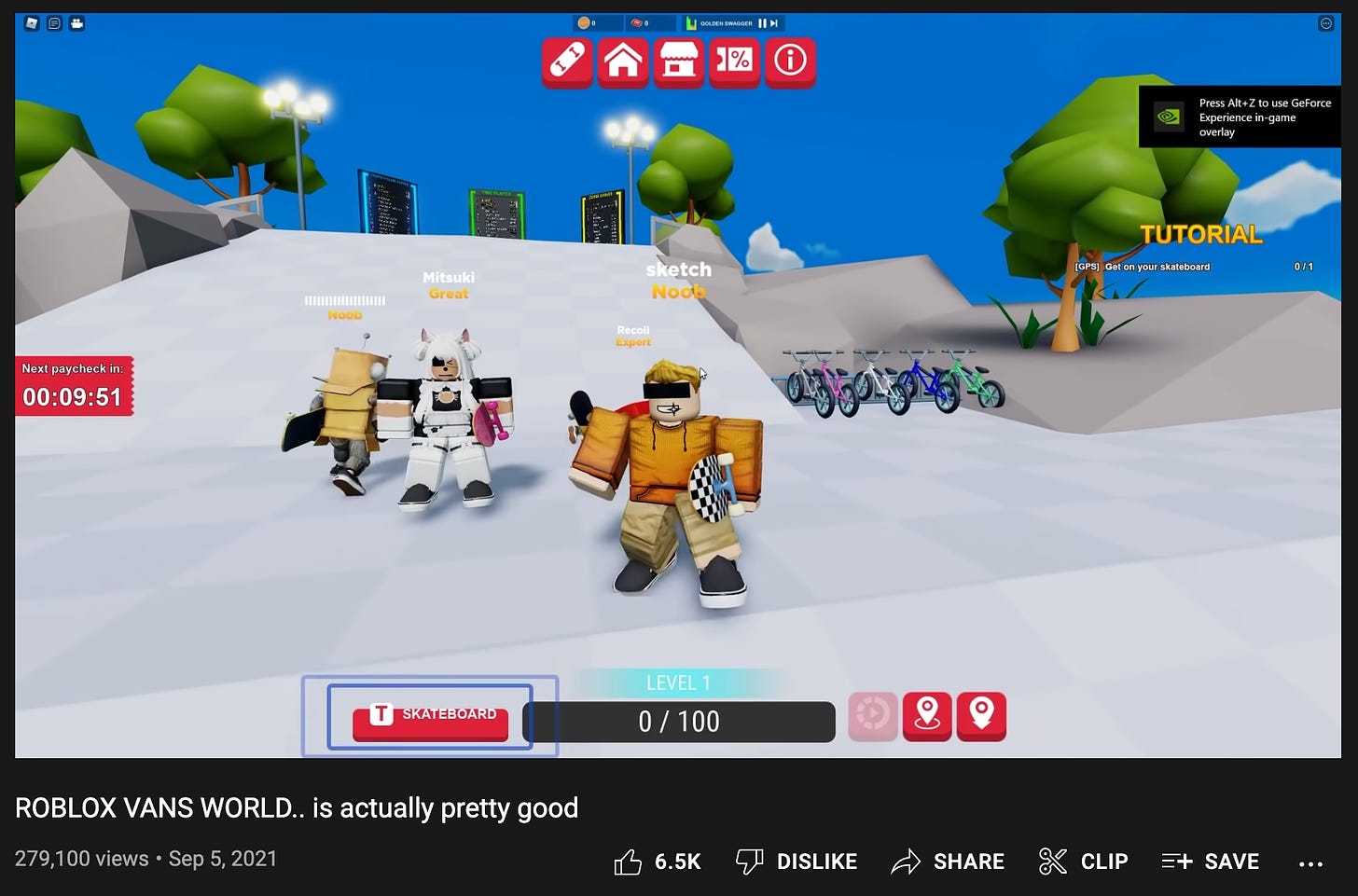In part 1, we discussed the misleading roots of “self-expression” stemming from not only culture’s acceleration itself but also our exposure to it.
Now, as fashion faces its critical point with trend cycles shrinking, environmental impacts growing, and nostalgia-filled longings on the rise, we are introduced to a completely new, game-changing variable. Feel overwhelmed yet? Too bad. In comes the Metaverse…
In comes the Metaverse…
For years, Generation Z has grown up with virtual worlds and virtual fashion. Sims, Fortnite, Minecraft, Roblox, we’ve been wearing these virtual garments for most of our young gaming lives. But only recently have we seen the somewhat forced introduction of one critical element: brands.
The opportunity for marketers and advertisers in this virtual world is abundant. But right now, the only question we seem to be asking is “what kind of monetization potential is there?”.
As the metaverse has opened up this world of fiscal opportunities to brands, few if any executives have taken a moment to ask the question; what will happen when we force an entire generation to also shape and maintain their virtual identities through fashion?
The metaverse and meritocracy
The promise of the metaverse is a world where everyone enters as equal; where we can freely express who we are and who we want to be, because there is no distinguishing black from white, gay from straight, or one gender from another.
But we do not enter as socioeconomic equals. No matter what our avatar looks like, we are limited by the same factor that limits our physical worlds. Money.
For nearly all of our young gaming years, finances were not as relevant. Virtual identities and fashion were most closely related to time spent. Spend more time playing a game, racking up points and in-game currency, and you had a cooler skin in Fortnite, a better weapon in CoD, a nicer Webkinz house. Virtual identities were created by what is almost a true meritocracy; a better-looking avatar = a better player/more time invested.
But when we introduced brands, everything changed.
Remember high school, where you would be sitting in a classroom and looking around to see what your peers are wearing? That still happens today. But what happens when after this moment, we pull out our phones and see the branded avatars of those same peers also dressed in unique and extravagant brands, accessed only because there are some who can afford those goods; will we not make that same comparison to our own self, virtual or not?
The introduction of fashion brands demands that an entire generation will be required to spend money in the physical and virtual worlds. Identity has never needed to be split, shaped, and managed in such a way before.
Is this what we actually want? What will happen when our looks and presence matter equally as much in a virtual world? Will the pressures of social media and the constant comparison that it causes us to make with others suddenly disappear?
And yet the advertising world calls this the opportunity for further self-expression, allowing youth to create new and separate identities through virtual garments. A scapegoat, (poorly) hiding their true intention…
These quotes come from the McKinsey and Business of Fashion, State of Fashion 2022 report from the EVP and CMO of a certain luxury brand:
“Then there are more and more second worlds where you can express yourself. There is probably an underestimation of the value being attached to individuals who want to express themselves in a virtual world with a virtual product, [through] a virtual persona.”
“I won’t tell you how we structured our different deals [but] what I can tell you is that we have proven to ourselves through these collaborations that the virtual world can create a very significant new revenue stream.”
“We know that people are willing to pay good money for NFTs, for digital collectibles, and to have a second life in the metaverse. So the revenue potential is absolutely there.”
Robert Triefus Executive Vice President and Chief Marketing Officer, Gucci
Read that again, and tell me what is the goal of the EVP and CMO of Gucci? Is it helping to shape the development of a generation to build our identities? Even the first quote seems at a cursory glance a stab at the self-expression scapegoat claim; but with a second look, single out some keywords like “value” and “product” and you’ll see the meaning behind it.
Yet regardless of youth considerations, this is the direction being shaped by the advertising world.
Where do we go from here?
The metaverse holds great promise - a chance to immerse ourselves in a world outside of the physical, to enter as equals, and to experience life in new and meaningful ways. It offers an escape from the horrors of the physical world, an immersion in foreign feelings and inconsequential actions.
But the role fashion plays in this world must be thoroughly understood not for its financial impact, but for its impact on human development. Take a serious look at the rates of depression, suicide, and anxiety within an entire generation; we grew up with the unstudied, uninhibited effects of social media on our young and developing minds.
Before we make big profit-focused leaps into branded virtual worlds, let’s take a minute to ask; are we doing this to allow Gen Z’ers/Alpha to “$elf-expre$$”, or are we doing this to provide young people the chance to be who they want to be and do what they want to do?
What should fashion in the metaverse look like?
Fashion in the metaverse should return to its meritocratic roots. It should not be a requirement to purchase a Gucci outfit or Converse shoes to maintain your sense of belonging. These should be earned through experience.
Why?
The metaverse offers brands an unlimited, uninhibited playground for imagination and creativity. We see companies like Vans creating their own worlds for people to experience and engage with the brand in new and unique ways.
And this is where generational loyalty is shaped; through experience, not exclusivity.
Incentivize people to spend time with your branded world, hang out and experience life in new and meaningful ways, forming connections with people from across the world in the same branded environment. That is what makes the Vans World so compelling.
Those people become your brand’s biggest ambassadors. They are the ones sharing your content on social, promoting UGC, and in our physical world, they’re the ones repping your brand’s gear like nobody’s business.
Look - I agree, the monetization potential in these virtual worlds is not insignificant. And to be honest, it’s likely Gen Z, if you offer and promote it, will buy your virtual clothing. But is that going to make Gen Z more likely to buy your clothes IRL? To rep your brand and share it with friends?
What’s more likely is that short-term gain will not translate into long-term loyalty, and you’ll be left fighting for scraps as young consumers flock to experiences that add value to their lives.
If anyone has a connect to the CMO of Gucci, would love to chat.









Fantastic and thoughtful article, couldn't agree more with you. We're not moving fashion forward if we build the same walls and gates from the past.